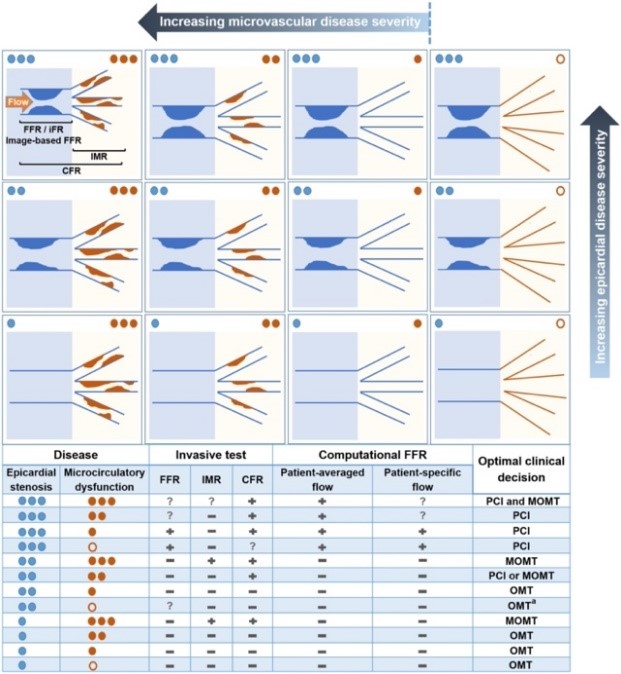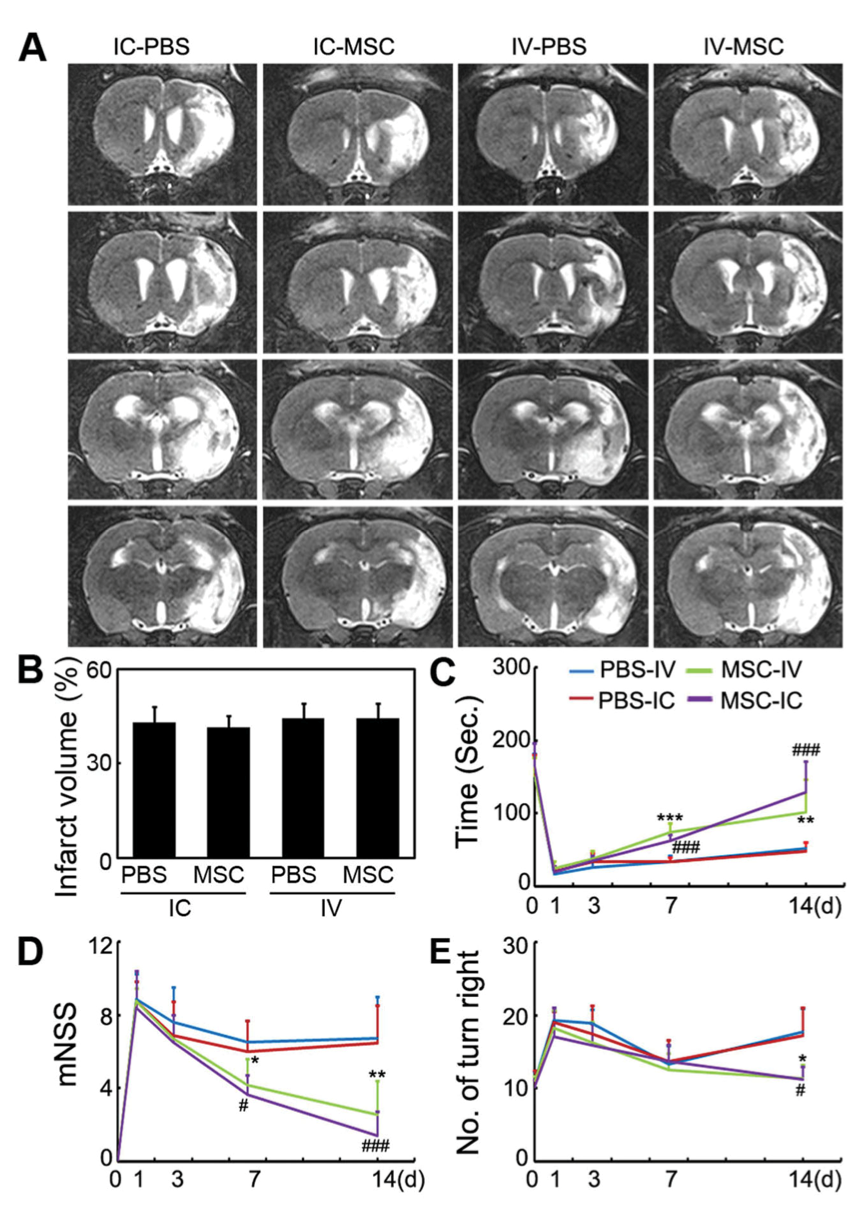Accurate diagnosis, timely therapeutic intervention, and effective therapy are unmet clinical needs for both cardiovascular and cerebrovascular diseases. Angiography is thus far the most widely used method to guide percutaneous coronary intervention (PCI) in patients with coronary artery disease. A novel angiography-based approach to estimate the fractional flow reserve FFR, named quantitative flow ratio (QFR), has been proposed and applied in the FAVOR III China Project. The lesion selection for PCI using QFR guidance improved clinical outcomes at 1 year by reducing procedural complications and improving long-term results. For treating stroke patients, therapeutic strategies based on transplantation of stem cells hold great promise. Integrated stem cells and biomaterials have been used to evaluate the prognosis of patients after stroke as well as the mechanism of brain tissue function repair after stroke in animal models. Our teams have also developed an MRI/SPECT/fluorescent tri-modal probe that holds the potential for long-term tracking of MSCs in the treatment of ischemic brain. For perioperative stroke, the effect of low-intensity, pTUS has been evaluated, providing novel neuromodulation methods and equipment for monitoring and regulating brain function and treatment of brain disorders.


QRF-guided strategy of lesion selection improved clinical outcome.

IC and IV injections of MSCs improved functional recovery of brain.

Transcranial ultrasound stimulation alleviated ischemic lesion.
Selected Publications:
1. Xu B, Tu S, Song L, et al. Angiographic quantitative flow ratio-guided coronary intervention (FAVOR III China): a multicentre, randomised, sham-controlled trial. The Lancet, 2021.
2. Tu S, Westra J, Adjedj J, et al. Fractional flow reserve in clinical practice: from wire-based invasive measurement to image-based computation. European Heart Journal, 2020, 41(34): 3271-3279.
3. Tang Y, Zhang C, Wang J, et al. MRI/SPECT/Fluorescent tri-modal probe for evaluating the homing and therapeutic efficacy of transplanted mesenchymal stem cells in a rat ischemic stroke model. Advanced Functional Materials, 2015, 25: 1024–1034
4. Li H, Sun J, Zhang D, et al. Low-intensity (400 mW/cm2, 500 kHz) pulsed transcranial ultrasound preconditioning may mitigate focal cerebral ischemia in rats. Brain Stimulation, 2017, 10: 695-702.
5. Ding D, Huang J, Westra J, et al. Immediate post-procedural functional assessment of percutaneous coronary intervention: current evidence and future directions. European Heart Journal, 2021, 42: 2695-2707.